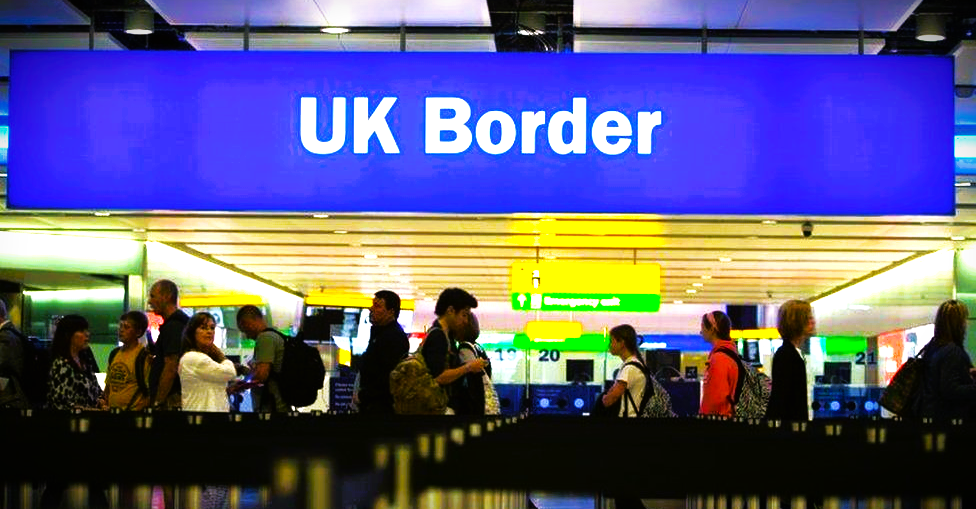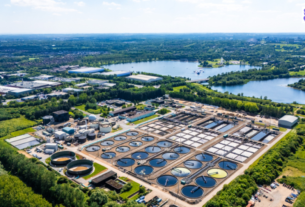LONDON – The British government has announced a landmark £3.2 billion ($4 billion) initiative to overhaul the nation’s workforce by significantly expanding job training opportunities for domestic workers. The move, unveiled on Tuesday, is aimed at reducing the country’s dependence on migrant labor in key sectors and addressing the rising rate of workforce inactivity.
The plan will create 120,000 new training placements across critical industries, including construction, engineering, healthcare, social care, and digital technology, the Department for Education confirmed.
“This investment marks a strategic pivot toward a high-skill, homegrown workforce,” the department said in a statement. “We are refocusing the skills landscape to unlock the potential of British workers and reduce long-term reliance on immigration.”
A Response to Public Pressure and Political Shifts
The announcement comes amid mounting political and public pressure to tighten immigration policy. Following recent electoral gains by the right-wing, anti-immigration Reform UK party, Prime Minister Keir Starmer’s Labour government has intensified efforts to curb net migration.
In a speech earlier this month, Starmer declared that the era of “open borders” had ended, pledging to implement stricter visa rules, limit citizenship pathways, and push businesses to invest in domestic talent.
Among the new measures:
- A 32% increase in the Immigration Skills Charge, which employers must pay to hire foreign workers.
- Restricting skilled worker visas to graduate-level jobs.
- Enhanced incentives for companies to train local workers in priority sectors.
These policies are expected to generate funding for an additional 45,000 training placements, further strengthening the domestic skills base.
Rising Inactivity Rates and Economic Concerns
The policy shift comes at a time when the UK faces significant labor market challenges. As of the latest government data, 21.4% of working-age Britons are economically inactive, a figure that has steadily increased since the COVID-19 pandemic.
Experts attribute this trend to a combination of factors, including long-term illness, mental health concerns, and a mismatch between available jobs and worker qualifications.
By expanding access to vocational and technical training, the government hopes to reintegrate thousands of Britons into the workforce, filling critical shortages without relying on international recruitment.
Mixed Reactions from Business Leaders
While the government’s ambitions have been welcomed in some quarters, industry groups and business leaders have expressed concern about the potential short-term impact of reduced access to migrant labor.
“We welcome the focus on skills development, but it cannot happen overnight,” said a spokesperson for the Confederation of British Industry (CBI). “Sectors like construction and healthcare are already under severe pressure, and these changes could exacerbate labor shortages if not carefully managed.”
Health sector leaders have warned of staffing challenges in the NHS, which has historically relied on international healthcare professionals. Similarly, the tech sector has cautioned that tighter immigration controls could limit access to high-demand skills.
A Long-Term Strategic Shift
Despite the concerns, the government insists that the strategy is essential for building a more resilient, self-sufficient economy.
“This is about investing in British potential,” said Education Secretary Bridget Phillipson. “For too long, we’ve treated migration as a quick fix. Now is the time to build a sustainable skills pipeline that delivers for workers, employers, and the economy.”
As Britain transitions to a post-Brexit labor model, the success of this initiative may determine whether the country can effectively navigate the twin challenges of economic growth and public demand for immigration reform.
Looking Ahead
The coming months will be critical. The rollout of the training program, coupled with the immigration clampdown, will test the government’s ability to deliver both political and economic stability.
With businesses bracing for disruption and policymakers betting on domestic reinvigoration, the UK’s $4 billion investment is more than a workforce development plan; it is a defining moment in the country’s post-pandemic, post-Brexit evolution.




